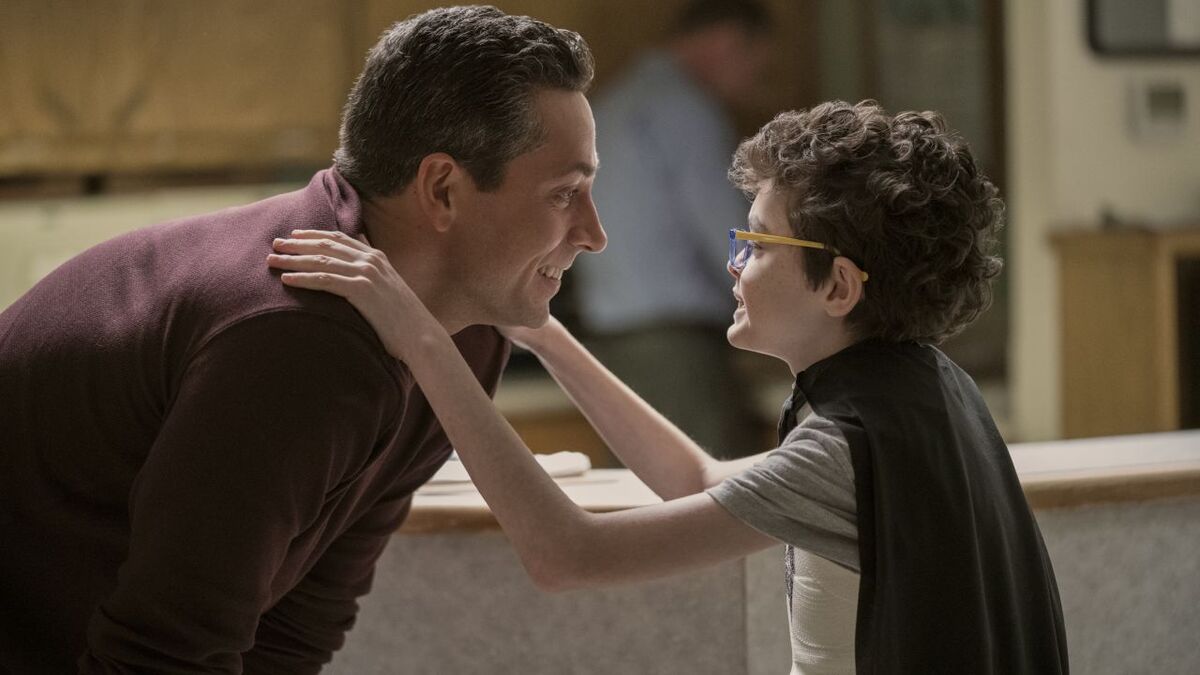
After two generally excellent installments, the seventh series of Doctor Who fumbles a bit with the messy, underwhelming A Town Called Mercy. This is not a bad episode by any stretch of the imagination, with plenty of fun and dramatic elements worth admiring, but it also has its fair share of problems, issues the prevent the hour from achieving the greatness so often in its reach.
The first and biggest question to address is whether or not Doctor Who functions in a Western setting. Yes and no, though the results ultimately weigh towards the latter. From an aesthetic standpoint, the hour is an unmitigated triumph, with gorgeous cinematography, beautifully cinematic set and costume design, and tremendous direction throughout by Saul Metzstein, who also did strong work on last week’s episode. Metzstein seems to understand the rhythms of the genre rather thoroughly, and his work making this one play like an authentic, engaging Western covers up a lot of the hour’s more glaring flaws. He is aided incalculably by Murray Gold’s outstanding score, which seamlessly integrates classic Doctor Who themes among an iconic Western flavor. Just look to the Doctor’s climactic standoff with the Gunslinger to see how technically accomplished an hour this is; the sequence looks and sounds spectacular.
But as for the actual text of the episode, writer Toby Whithouse seems to only have a surface-level understanding of the Western. He includes many of the familiar tropes – the noble, self-sacrificing Sheriff; the town’s collective desire to lynch the man in jail; the righteous priest; the standoff at high noon; etc. – but fails to go very deep with any of them, or to do anything new or insightful with his Western setting.
This is most noticeable in the characterization of the townspeople. Part of the fun of many great Westerns comes from getting to know the local community, where there are ideally several interesting or distinctive figures. Consider how well other Western homage stories – ones like Blazing Saddles or Rango, where the supporting cast is often the most enjoyable part – accomplish this. Whithouse, however, makes very little effort to distinguish the citizens of Mercy beyond their basic types, and that, more than anything else, makes the episode feel like little more than a shadow of an actual Western.
The structure of the story is rather archetypical for the genre – the big, scary menace terrorizes the townsfolk until the reluctant hero arrives to say the day – and though Whithouse attempts to shake things up by making the Gunslinger sympathetic and Kahler Jex despicable, the general plot skeleton feels like the exact story one might expect from a Doctor Who Western. Again, it’s not a bad story to tell, and I certainly enjoyed watching it all play out, but with the many possibilities a Western affords, telling one of the more predictable stories seems like a cop-out.
That being said, I am rather impressed by the Doctor’s emotional arc during the hour. It is a bold dangerous move to have the normally pacifist Time Lord nearly allow the execution of a prisoner, a plot point that could easily be read as out-of-character. But the moment and its subsequent fallout works for a variety of reasons, and one of those is that when telling a Western story, we naturally expect our characters to act a bit grittier than usual. People in Westerns tend to take morally unsavory actions, so staging the Doctor’s violent philosophical dilemma in this particular episode at least makes aesthetic sense.
Continue reading on the next page…










Published: Sep 15, 2012 10:17 pm